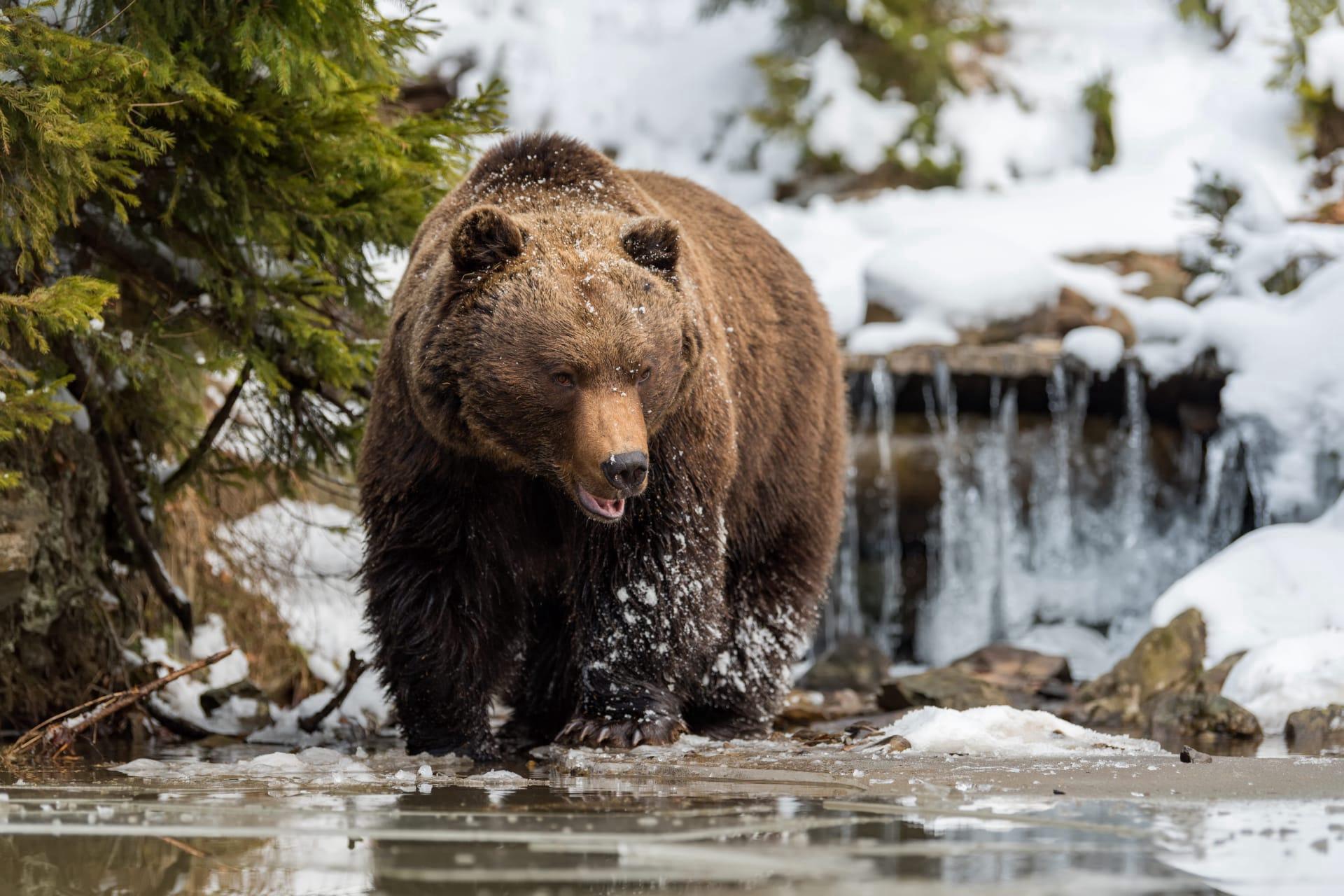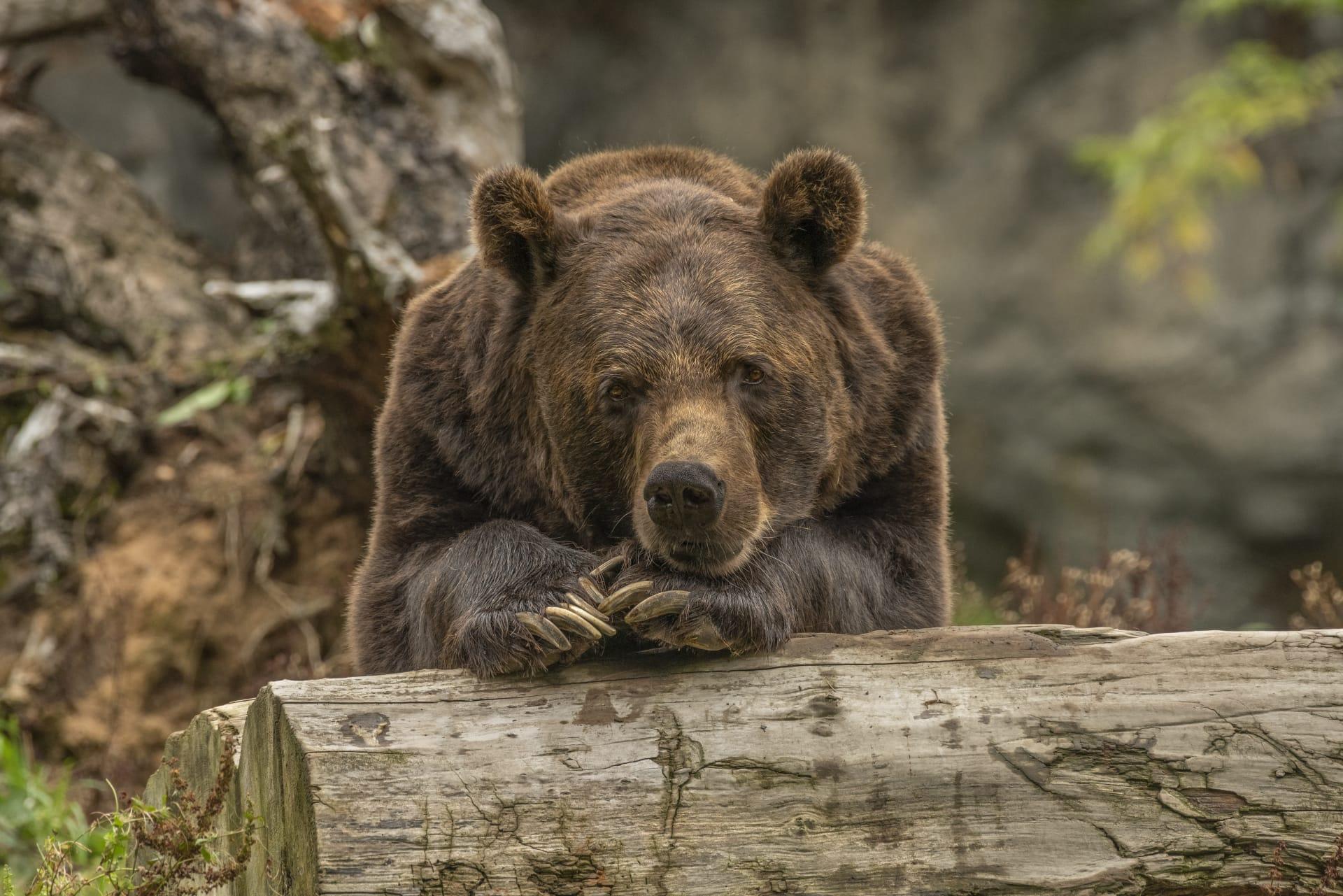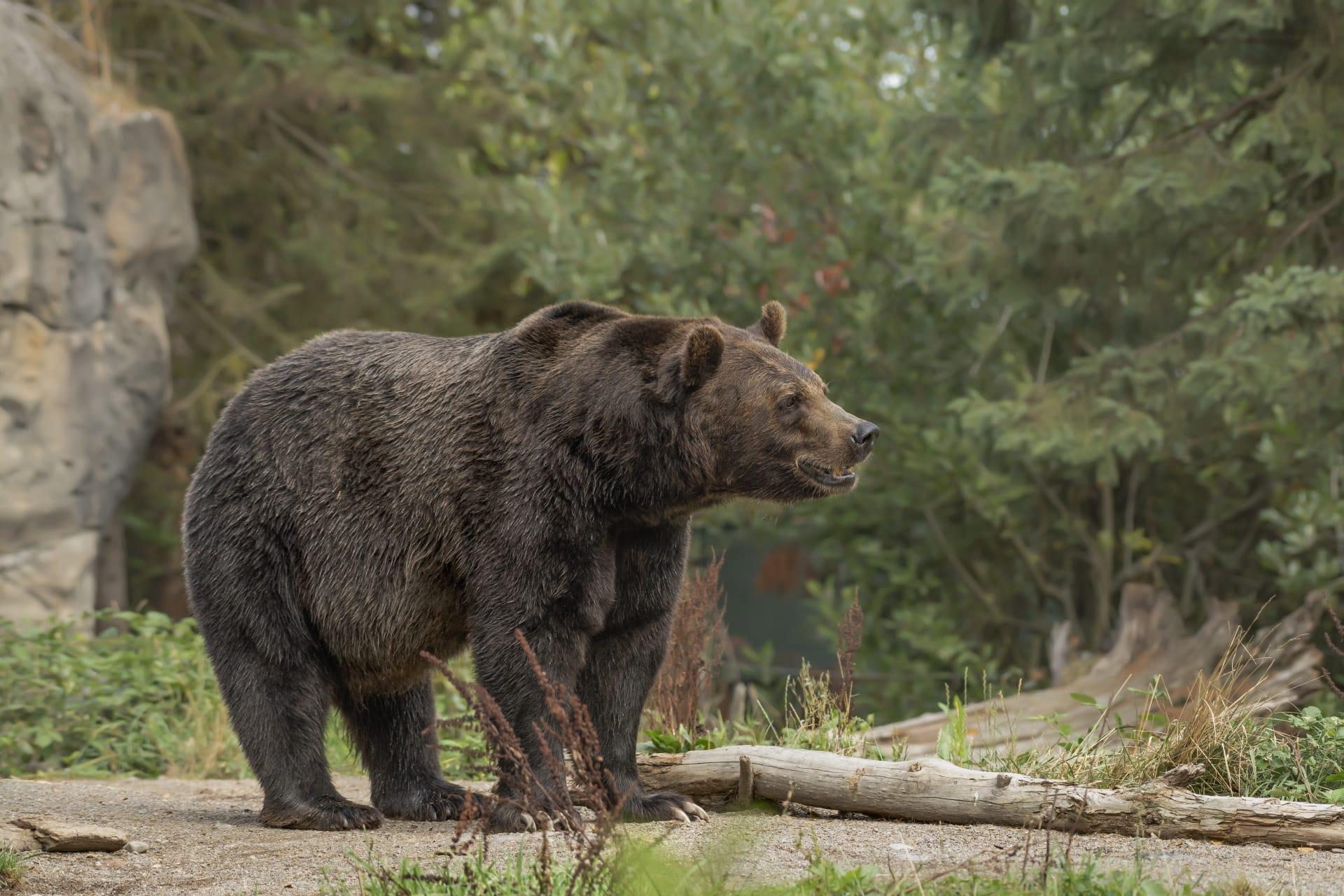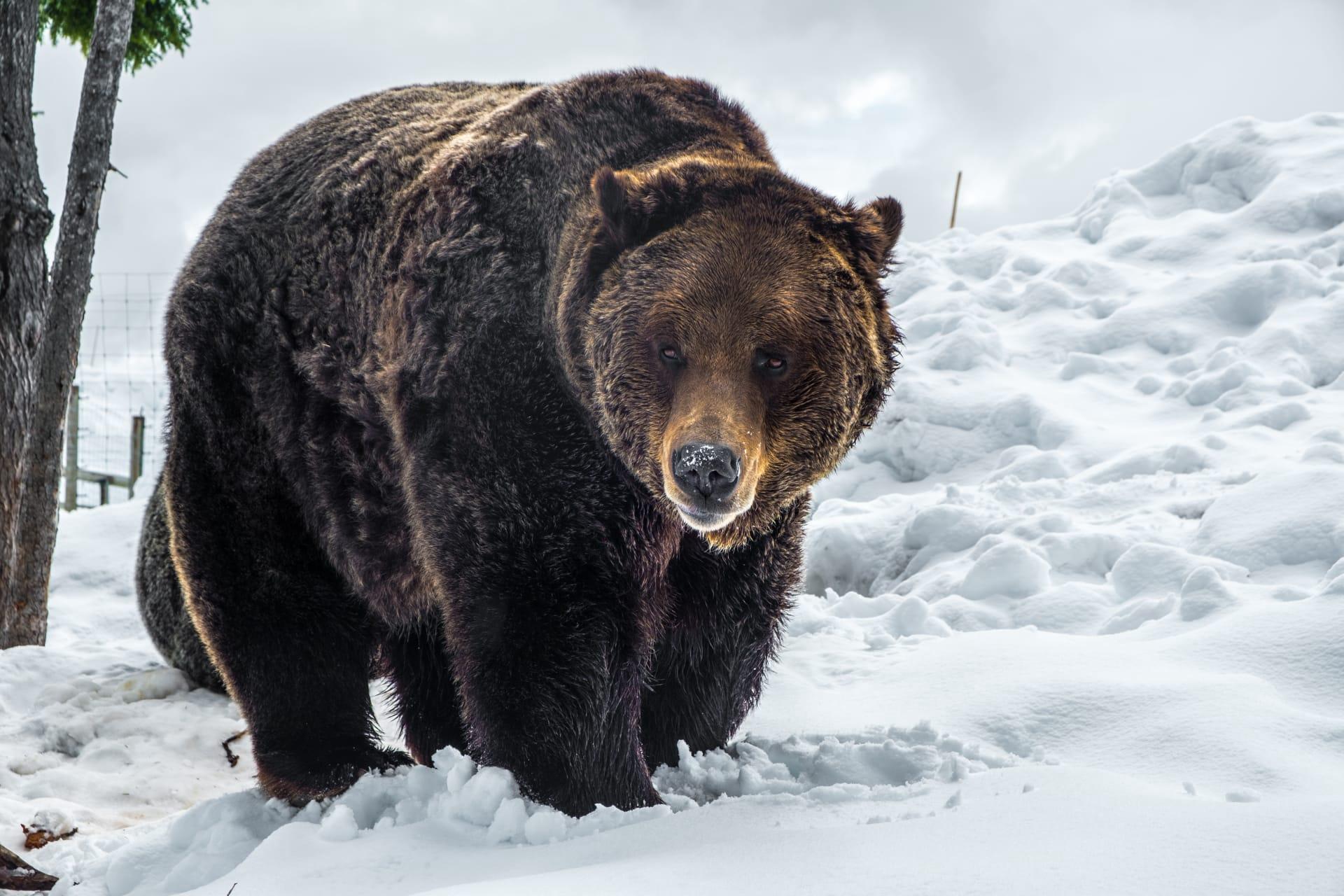Bear Characteristics
- Home /
- Mini Encyclopedia /
- Animal /
- Bear Characteristics
1
Bears, those magnificent mammals, boast an array of fascinating physiological features. Varying greatly in size, the smallest, the Sun Bear, measures about 4 feet in length and weighs around 65 pounds, while the largest, the Polar Bear, can reach up to 9.8 feet and weigh as much as 1,500 pounds. Their lifespan also varies - Black Bears can live up to 25 years in the wild, whereas Polar Bears have a slightly shorter life expectancy of around 15 to 18 years.
Bears have an exceptional organ: their nose. A bear's sense of smell is incredibly acute, surpassing that of dogs. It's estimated that a bear's sense of smell is about 2,100 times better than a human's. This phenomenal olfactory ability enables them to detect food, mates, and potential dangers over great distances, making it a pivotal tool for their survival in diverse environments.

2
Question: Why do bears hibernate?
Answer: Bears hibernate not just to escape the cold, but primarily due to food scarcity during winter. During hibernation, bears enter a state of reduced metabolic activity, which allows them to conserve energy. Their heart rate drops from a normal 40-50 beats per minute to a mere 8-19 beats. Remarkably, they can go without eating, drinking, urinating, or defecating for months. This physiological adaptation is crucial for their survival in areas where winter food resources are scarce.

3
Bears are known for their impressive mobility. Despite their bulky build, bears are adept at running, climbing, and swimming. For instance, Grizzly Bears can sprint up to 35 mph and Black Bears are excellent climbers, often scaling trees to protect cubs or chase prey. Polar Bears, adapted to Arctic habitats, are powerful swimmers, capable of covering long distances across frigid waters.
In terms of hunting, bears exhibit diverse dietary habits. While Polar Bears are primarily carnivorous, relying mainly on seals, other bear species like the Brown Bear have an omnivorous diet, eating plants, fruits, nuts, insects, and smaller animals. Bears use their keen sense of smell to locate food and can shift their diet based on seasonal availability, showcasing their adaptability in various environments.

4
Bears inhabit a wide range of environments, from the icy Arctic (Polar Bears) to dense forests (American Black Bears) and mountainous regions (Asian Black Bears). Adaptability to diverse habitats is key to their survival, with each species having evolved distinct characteristics suited to their specific environment.
Reproduction in bears is characterized by delayed implantation. Mating occurs in the spring or early summer, but the fertilized egg doesn't implant in the uterus until later in the year. Cubs are typically born during the mother's hibernation in winter, in a den. Litter sizes vary from one to four cubs, and cubs usually stay with their mother for about two years, learning essential survival skills.

5
Book: "The Bear Almanac" by Gary Brown is a comprehensive guide exploring the lives of bears around the world. Published in the United States, this book delves into various aspects of bear biology, behavior, and conservation, providing insights into each of the eight bear species.
Book: "Bear Attacks: Their Causes and Avoidance" by Stephen Herrero, a Canadian scientist, offers an in-depth look at bear behavior, particularly focusing on the causes of bear attacks on humans. Published in Canada, it combines scientific research with practical advice, making it a valuable resource for understanding how to coexist safely with these majestic creatures.